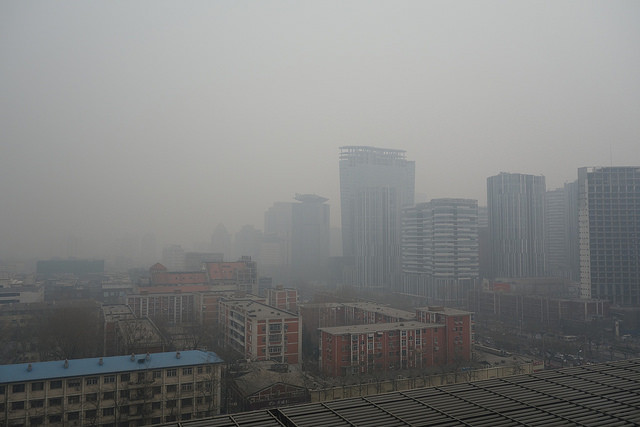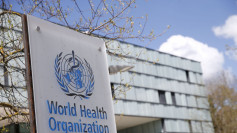A new research has found air pollution from fine particles and smog-inducing ozone may likely cause Chinese economy to lose an estimated 267 billion Yuan (US$38 billion) every year in the form of lost food production and early deaths. The figure was derived by the researchers from the Chinese University of Hong Kong, wherein they calculated air pollution's social costs attributed to the impact on public health and reduced crop yields.
"This is a fairly large and significant figure considering that it amounts to about 0.7 percent of national GDP," said Steve Yim Hung-lam, the lead investigator and assistant professor in the geography and resources management department.
The research was published in the scientific journal Environmental Research Letters, and was conducted as China previously tightened targets for fine particles and ozone-forming pollutants for cities as part of a long-awaited three-year action plan for "winning the war for blue skies" for 2018 to 2020.
The research team analyzed the 2010 contributions to fine respirable particulate (PM2.5) and ground-level ozone (O3) pollution from six sectors of the economy, including ground transport, power generation, agriculture, commercial and residential, industrial, and others - like aviation and fires.
The PM2.5 usually emitted in combustion. These are microscopic airborne particles which are small enough to lodge deep in the lungs and cause damage. The O3, on the other hand, typically formed in a chemical reaction between nitrogen oxides and volatile organic compounds - produced from most of the same sources, but also others such as solvents and plants.
These two pollutants were found to contribute an average 1.1 million premature deaths in the country annually, about 1,000 in Hong Kong. In addition, approximately 20 million tons of soybean, maize, wheat, and rice are being damaged due to ozone exposure every year.
According to the South China Morning Post, Chinese economy losses 267 billion Yuan or about 0.66 percent of annual gross domestic product - from public health damage and crops.
The biggest contributor to both types of pollution was the industry. But, the residential and commercial sector was the second-largest source for PM2.5. Road vehicles were the second biggest source in some big cities, while it was the power generation sector for ozone.
"We shouldn't only look at health, only air quality or only crop production. We should look at it all of them comprehensively and choose optimal policies that can reap the maximal impacts for a range of problems," Yim said.
The ozone is the next big problem for China, Yim added, and this is a serious matter in regions like the Pearl River Delta or the "Greater Bay Area". In Chinese cities, the average concentration of PM2.5 is 48 micrograms per cubic meter of air - more than double of the world's 19mcg average of 2,626 cities.
According to the World Health Organization (WHO), nine out of 10 people around the world are breathing polluted air. Seven million people are dying each year because of fine particle exposure, with outdoor air pollution comprising the lion's share.






